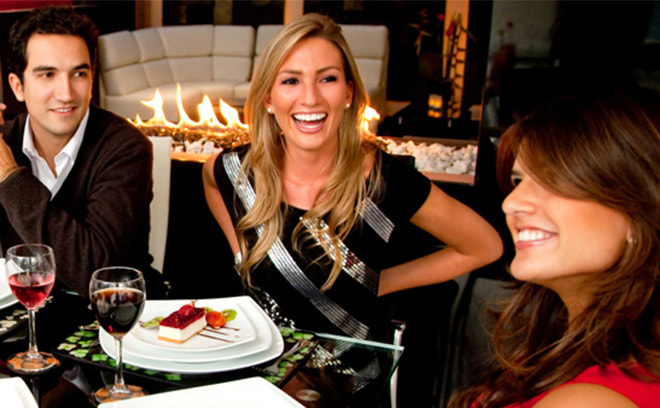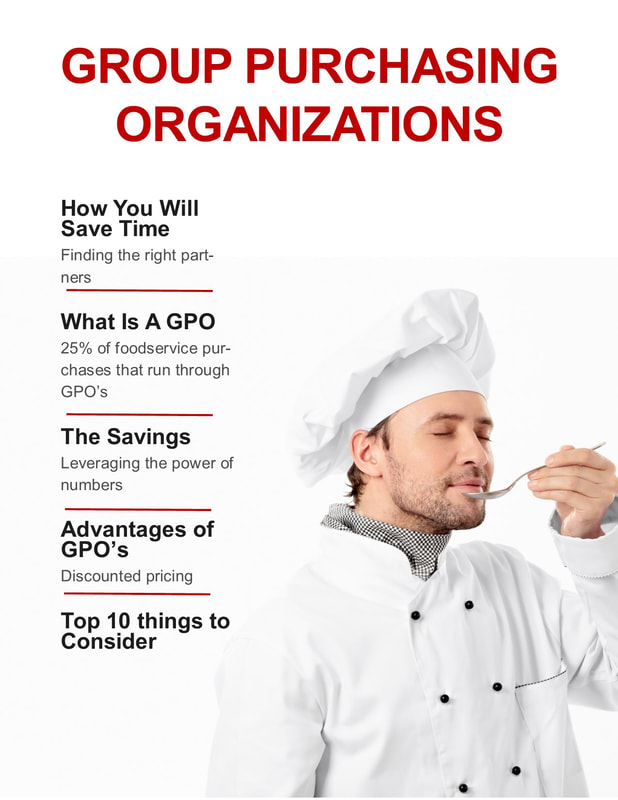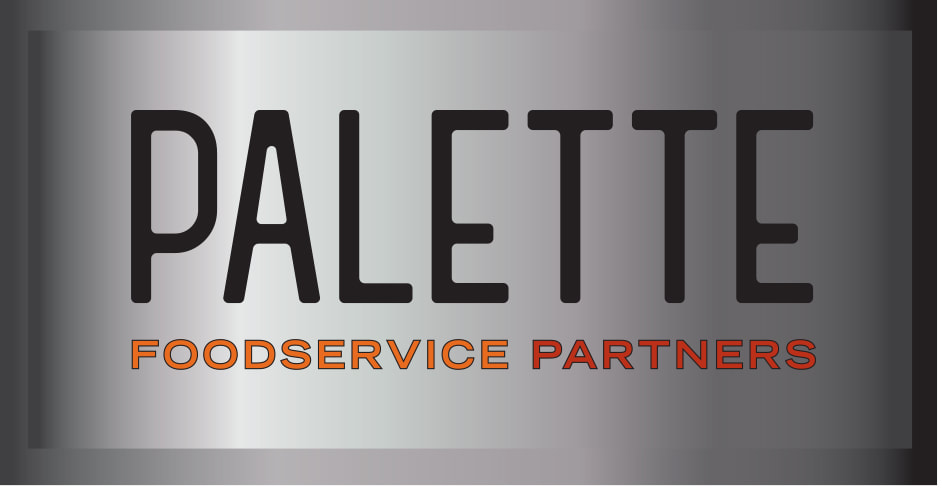|
The investment bank UBS recently called online food delivery “a mega trend that looks to grow tenfold over the next decade.” As the demand for off-premise food continues to boom, many operators have treated it as a must-have – even if it means losing profits and the ability to market directly to customers. But increasingly, operators are embracing more of a hybrid delivery strategy, which may appeal to those who don’t want to miss out on the business opportunities that delivery can provide but do want to maintain control over key aspects of it. As Restaurant Dive reports, there are several ways to create a hybrid delivery strategy that meshes with your key sales priorities – and a growing number of providers are accommodating them. Concerned about quality control or ensuring you meet delivery time targets? Having third-party providers process orders and keeping drivers in-house may be your best route. Not sure of your best path to delivery – or want to build a temporary bridge that holds you until you’re ready to provide in-house delivery down the line? The Greek chain Taziki’s is testing both delivery with its own drivers and third-party delivery through Waitr (which offered a path to integrating into its system and allowed the restaurant to continue marketing to its customers directly). Corner Bakery, in yet another variation, relies on its own fleet for larger catering orders but third parties for the delivery of individual orders. Receiving orders directly via your website or app (while retaining your customers’ information) and then farming them out to third parties for delivery may also be an option in your area. Olo is one such provider. Above all, research your customer base and available providers to best understand what your customers value versus what you and third parties can offer – and what you do best.
Your guests want to know exactly what they’re eating: A recent Nielsen global sustainability survey found that 67 percent of consumers would like to know everything that goes into the foods they eat. In the U.S. specifically, 46 percent of consumers say claims about food products have a direct impact on their buying decisions. So the origins of the food you serve, as well as the language you use to describe it, are heavily influencing your guests’ decisions about whether or not to purchase an item from you. So how do you improve upon your current efforts to enhance transparency? Study your existing supply chain and ensure you understand the direct sources of your ingredients, as well as the labels your suppliers use, from “organic” to “all-natural” so you can explain them when asked. As Webstaurantstore advises, your menu should list ingredients, mark common allergens and highlight locally or ethically sourced foods. If asked, you should be able to provide nutritional information in your restaurant or online. (Food Safety Magazine advises you verify nutritional information with a third party whenever your information is more than a year old or if you have changed suppliers or ingredients.) Identify substitute suppliers who can help you improve upon certain areas of your supply chain – and determine if and how much you need to raise menu prices to compensate for the difference without alienating your guests. You may need to introduce new dishes to offset ingredient changes you need to make to your core menu. Finally, educate your guests about the changes you are making and why – and take pride in them on your menu. Your guests want you to outline your supply chain for them and use brand names and labels to identify the ingredients they will be consuming. Their input may even be helpful to you as you make gradual menu improvements on a continuous basis.
If your restaurant is supporting people in need over the holiday season – whether through canned food drives, events or charitable donations – remember the equally significant impact you can have by redirecting food waste to causes that can put it to good use. As ReFED’s Restaurant Food Waste Action Guide reports, every year restaurants are responsible for 11 million of the 52.4 million tons of food that goes to U.S. landfills, where it can take decades to decompose. And as Restaurant Nuts reports, some third-party delivery companies are stepping up to make it easier for restaurants to redirect their excess food. Postmates, for one, is continuing to expand upon its Food Fight! program, which allows its partner restaurants in 23 cities and counting to request a pickup of excess food and have it delivered to a local shelter. Similarly, Doordash’s Project DASH makes it possible for restaurant operators to take food that would have been discarded and divert it to organizations that can use it. If you take part in efforts like these or others available in your community, promote it on your website and marketing materials. According to research from Toast, 51 percent of consumers are more likely to support a restaurant with environmentally friendly food practices.
As the holidays approach, you and many other restaurant operators are likely holding your collective breath and hoping to avoid staff turnover. After all, if you have stretched your operation to accommodate a higher-than-normal rate of holiday traffic, catering orders and events, having your best staff on hand is all the more critical to delivering great service to your guests. But historically, annual employee turnover rates in the hospitality industry have far outpaced those of the private sector, with turnover in the restaurants and accommodations sector surpassing 66 percent compared to 44 percent in the private sector, according to data from the Bureau of Labor Statistics. If your efforts to retain staff could use some fine tuning, consider recent research from Upserve. The company studied server performance across 3000 restaurants in the U.S. and suggests several tips for retaining staff based on that research. First, measure the average tenure of each position on your staff and design your milestones for incentives around that timeframe and beyond. When staff quit, conduct an exit interview to determine why they are leaving in case it provides insight about how you can keep the employees who remain. On that note, also conduct “stay” interviews with your long-time staff to determine why they stay and how you can keep them. At regular intervals, check in with your staff as a whole to get a realistic sense of the stressors or pain points that make their jobs more difficult and how you can help. Finally, encourage open communication with your staff so they feel comfortable sharing their input about schedules, training and development opportunities.
Most U.S. consumers rate their interactions with brands as simply “okay,” according to a Tempkin Experience Ratings report, which asked 10,000 consumers to rate 318 companies across 20 industries in the areas of success, effort and emotion. Not great (though to be fair, there were some food brands that consumers rated highly, including Wegman’s and Subway). On the positive side, though, that result leaves plenty of room for brands to deliver an experience that impresses guests and brings them back. CBInsights, which builds software that predicts technology trends, identified three components that generate positive emotional reactions and enhance the customer experience, turning “okay” experiences into “wow” experiences: sensory marketing, quality time and human connections. Restaurants have an automatic advantage on the first point. CBInsights points out that scents, for example, can trigger memories and emotions – and that consumers spend an average of 15 more minutes in places that have pleasant smells. So the aroma of the apple pie on your menu may have the power to trigger someone’s happy childhood memory (and connect it to your brand). On the second point, quality time, brands are creating immersive experiences that extend far beyond an initial transaction – Taco Bell’s recent launch of a pop-up hotel (featuring not-yet-launched menu items and other promotions tied to the brand) is one extreme example of how this can be done. Finally, brands are using human connections to bond with consumers. As companies delegate more tasks to technology, they are freeing up staff to engage in more face-to-face interactions with customers in order to help them and gather insights from them. How can your brand combine sensory marketing, quality time and human connections to provide memorable experiences for guests? Many restaurant brands tend to look to millennials for hints of where foodservice trends may be heading, particularly when it comes to off-premise sales. But some recent research completed on behalf of the National Restaurant Association demonstrates that baby boomers are showing traits that operators would be wise to watch when it comes to offering food for take-out and delivery. Research conducted for the association found that 51 percent of boomers, which it defined as consumers between the ages of 55 and 73, say they aren’t ordering takeout and delivery as often as they would like. In comparison, 43 percent of millennials, consumers aged 21 to 38, shared that feeling. The data found that millennials are just about as eager to eat at a restaurant as they are to eat restaurant meals off-premise, while baby boomers are less likely to want to eat at restaurants more often – only 38 percent expressed that preference. If you’d like to fine-tune your efforts to market to boomers, consider several tactics: Provide a fair price and promote the value of your menu, since a majority of boomers will choose a restaurant based on its perceived value. Expand your breakfast menu options. Offer healthy menu choices with quality ingredients and make healthier items readily identifiable on your menu. Create new twists on classic dishes. Experiment with ethnic spices and dishes with bold flavors. Finally, when it comes to technology, offer tech-driven, mobile-friendly ordering functionality and loyalty programs that make it easy to not only place off-premise orders but also to reap rewards for continuing to order with you.
|
Subscribe to our newsletterArchives
April 2024
Categories
All
|










 RSS Feed
RSS Feed